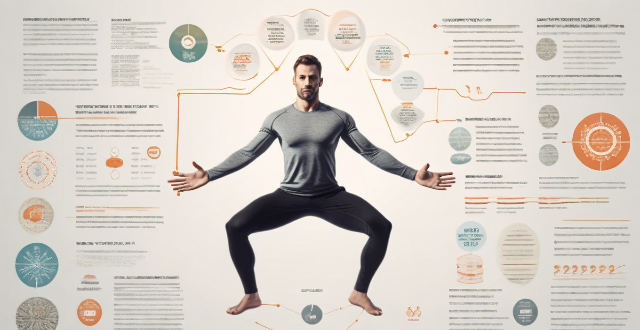Creativity can be enhanced through various mental exercises such as brainstorming, incubation, analogical reasoning, constraints, reverse thinking, cross-disciplinary learning, physical activity, and mindfulness meditation. These techniques help generate new ideas, foster inventive solutions, and improve cognitive function. By practicing these exercises regularly, one can develop creativity and innovation skills, leading to a more imaginative and productive mindset.

Enhancing Creativity through Mental Exercises
Creativity is often viewed as an innate talent, but it's also a skill that can be developed and enhanced through various mental exercises. Here are some practices that can help you boost your creative thinking:
Brainstorming
Brainstorming is a classic technique used to generate new ideas by freely expressing thoughts without immediate judgment. This exercise encourages quantity over quality initially, allowing for the exploration of unconventional ideas.
- Freewriting: Set a timer for 10 minutes and write down every idea that comes to mind on a particular topic or problem. Don't stop to edit—just keep writing.
- Mind Mapping: Start with a central idea and branch out with related thoughts, creating links between different concepts.
Incubation
Sometimes the best way to solve a problem is to walk away from it. The incubation period allows your subconscious to mull over the issue, often leading to insights when you least expect them.
- Take Breaks: When facing a creative block, step away from the task and engage in a different activity. Return to it later with a refreshed perspective.
- Distraction: Engaging in a distracting activity, like playing a game or taking a walk, can free your mind to make unexpected connections.
Analogical Reasoning
Comparing unrelated objects or situations can lead to innovative solutions. Analogies force you to think outside the box and apply principles from one domain to another.
- Find Similarities: Look for commonalities between two different things and consider how those parallels might inform your challenge.
- Create Analogies: Try to explain your problem using a completely unrelated concept or scenario; this can spark new ways of thinking about the issue.
Constraints
Imposing limitations can paradoxically increase creativity by forcing you to think more critically and originally within set parameters.
- Limit Your Tools: Work with a restricted set of materials or resources to foster inventive solutions.
- Set Time Limits: Give yourself a tight deadline to work towards; this pressure can accelerate idea generation.
Reverse Thinking
Instead of focusing on how to achieve a goal, consider what would prevent you from reaching it. This approach can highlight potential obstacles and inspire alternative strategies.
- Identify Barriers: List all the reasons why something couldn't or shouldn't be done, then address each point with possible solutions.
- Reverse Brainstorming: Start with the opposite of what you want to achieve and work backward to see where it leads you.
Cross-Disciplinary Learning
Exploring fields outside of your expertise exposes you to different modes of thought and may provide fresh perspectives on your own work.
- Read Widely: Consume literature, articles, and media from various domains not directly related to your field.
- Collaborate Across Disciplines: Work with people from different backgrounds to gain access to their unique ways of solving problems.
Physical Activity
Regular physical exercise has been shown to improve cognitive function, including creativity. It helps reduce stress and clears mental clutter, making space for innovative ideas.
- Take Walks: Strolling, especially in nature, can calm your mind and allow for serendipitous thinking.
- Engage in Sports: Participating in sports or group activities can provide a mental break and stimulate creativity through social interaction.
Mindfulness Meditation
Practicing mindfulness meditation can enhance focus and decrease distractions, which are crucial for harnessing creative energy.
- Daily Practice: Dedicate time each day to sit quietly and observe your thoughts without judgment, helping to clear mental space for creative endeavors.
- Guided Visualization: Use guided imagery exercises to tap into your subconscious and draw out imaginative ideas.
By incorporating these mental exercises into your routine, you can cultivate an environment conducive to creativity and innovation. Remember, developing creativity is an ongoing process that requires patience, practice, and openness to new experiences.